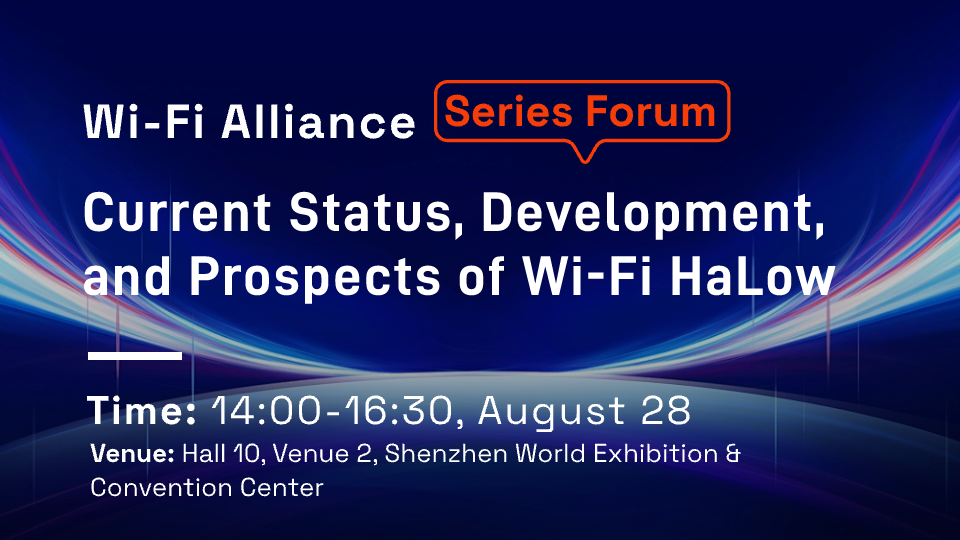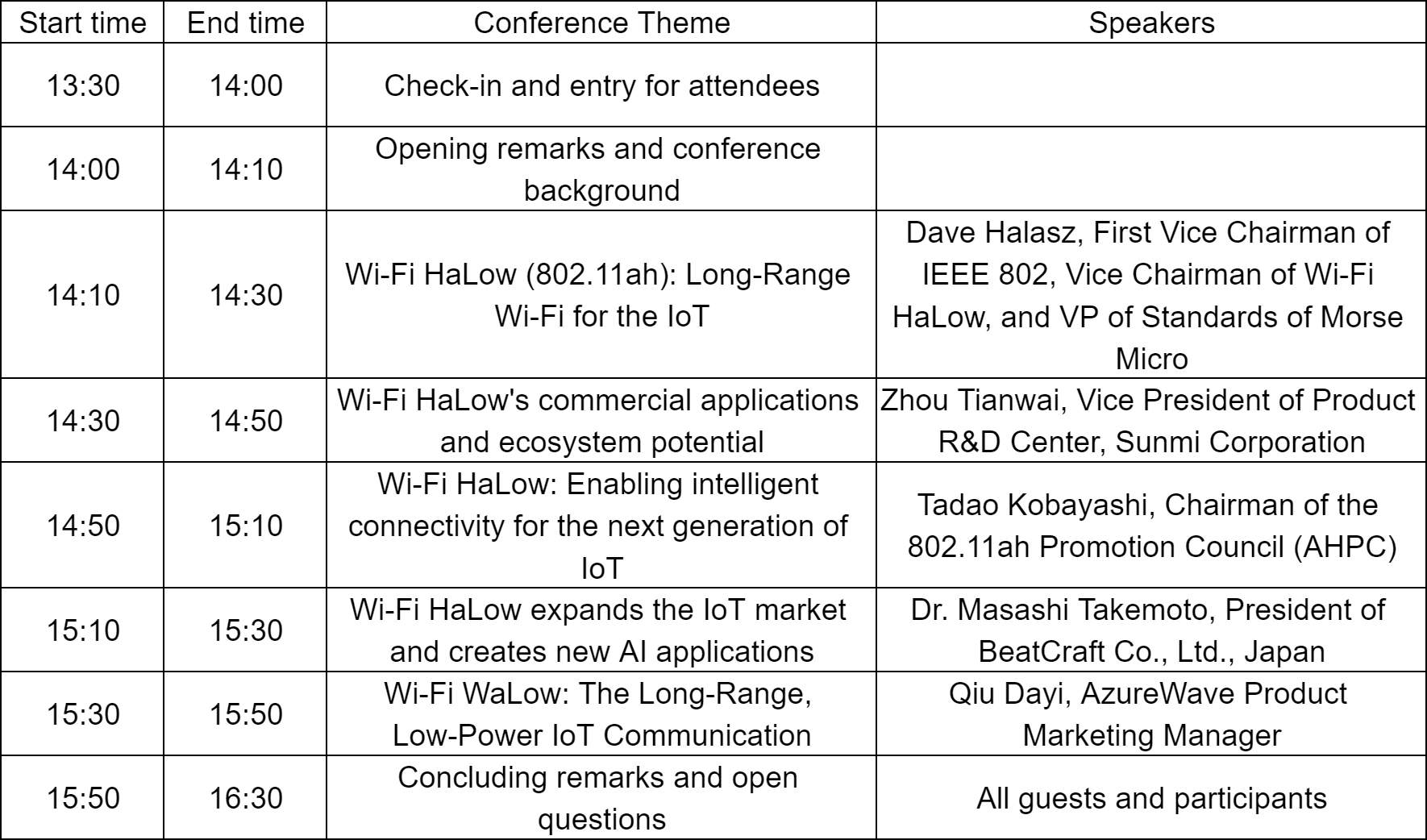
With the continued expansion of Internet of Things (IoT) devices, the demand for low-power, long-distance, and high-penetration wireless connections is becoming increasingly urgent. While traditional Wi-Fi technology holds advantages in high-speed scenarios, its power consumption and coverage limitations are becoming increasingly apparent in low-speed, wide-coverage IoT scenarios such as smart homes, industrial sensing, and smart cities. Wi-Fi HaLow (based on the IEEE 802.11ah standard), a Wi-Fi branch technology designed specifically for IoT, offers low power consumption (only 1/10 that of traditional Wi-Fi), ultra-wide coverage (stronger signal penetration and longer transmission distance), and high-density connectivity (supporting thousands of devices connected simultaneously). It is a key technology for addressing the "last mile" connectivity challenge in IoT and is considered one of the core protocols driving the large-scale interconnection of IoT devices.
However, the industrialization of Wi-Fi HaLow is still in its early stages: Issues such as the compatibility of technical standards with actual applications, variations in cross-regional deployments, and the efficiency of collaboration across the ecosystem urgently require industry collaboration.
Organizers: WiFi Alliance, CSA Connectivity Standards Alliance, Shenzhen Internet of Things Industry Association
Organizer: Shenzhen Ulinkmedia Co., Ltd.
Agenda:



















